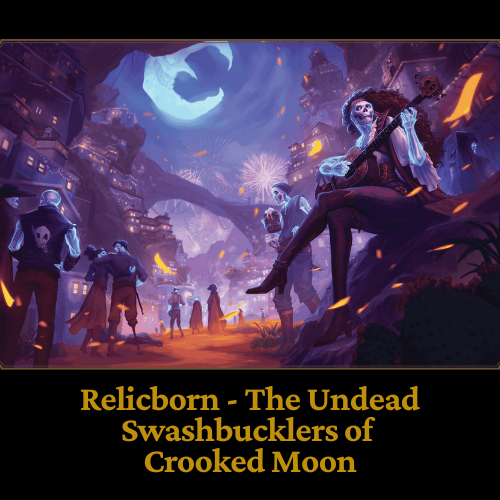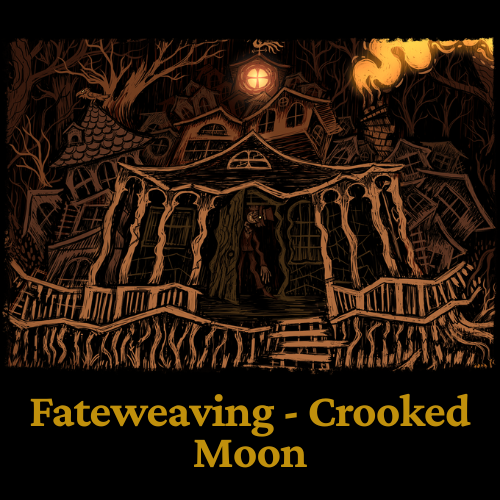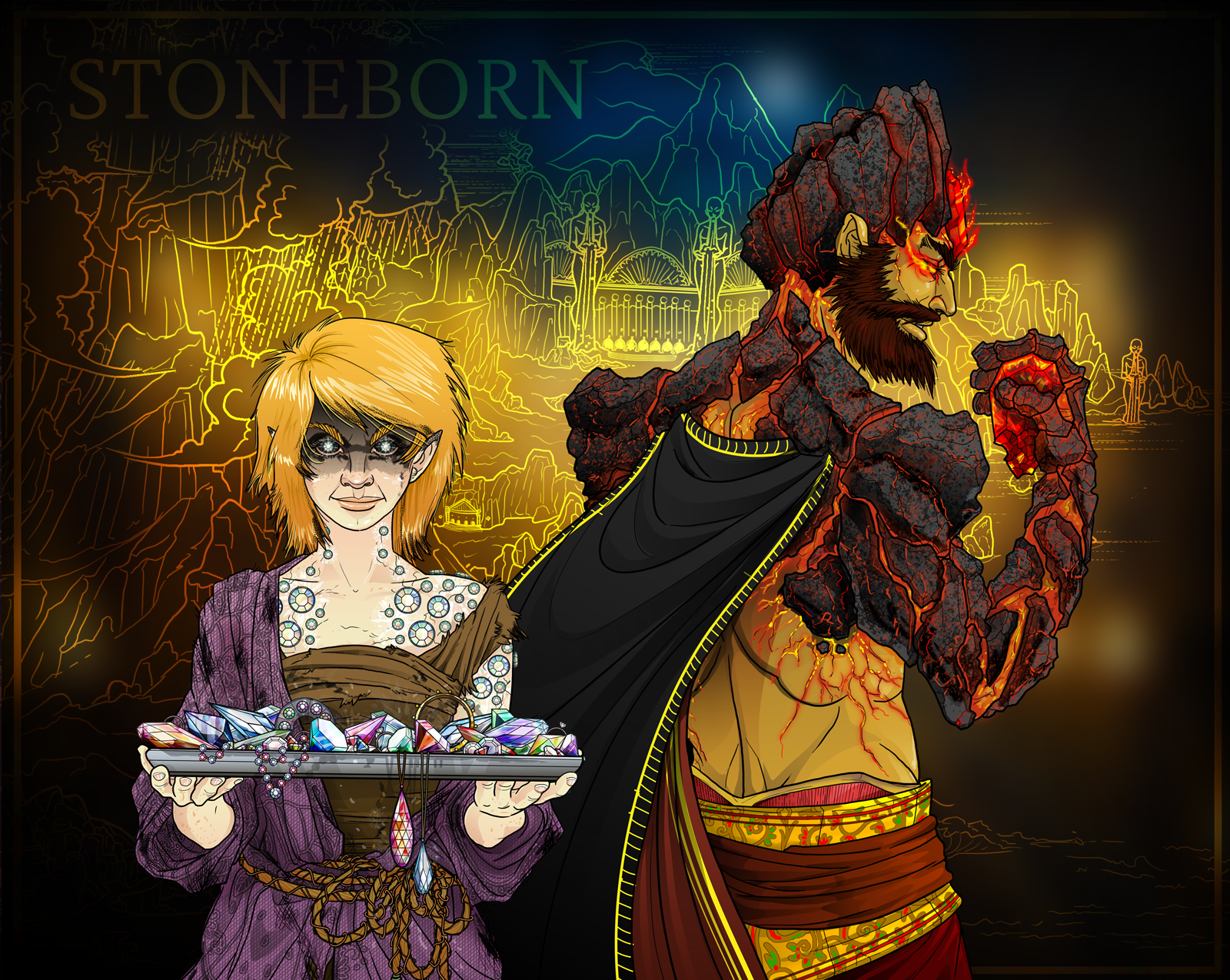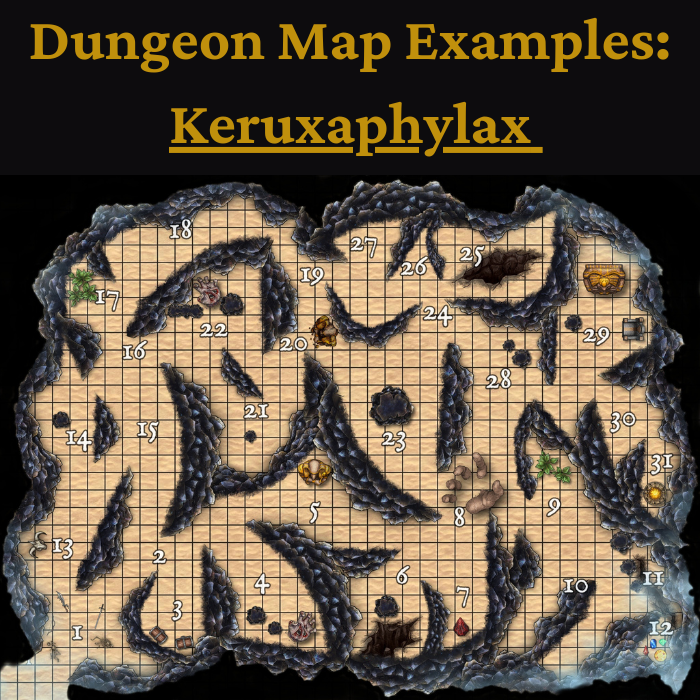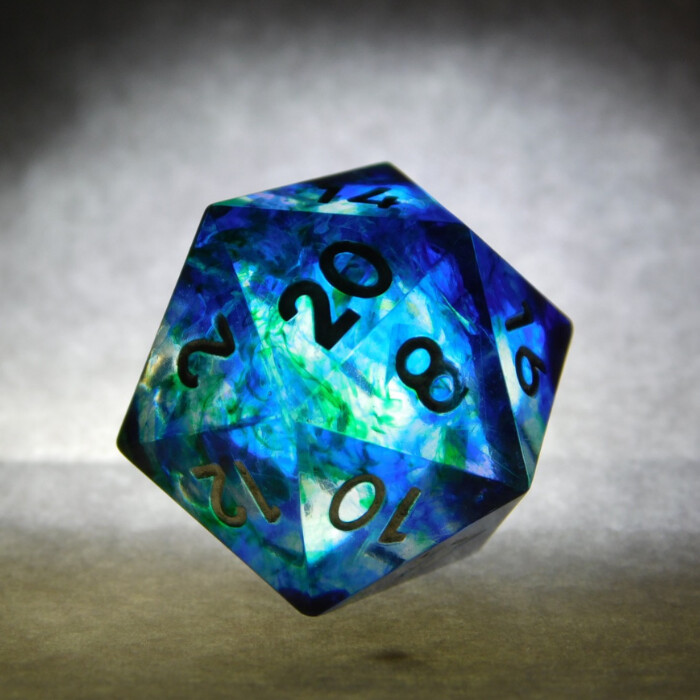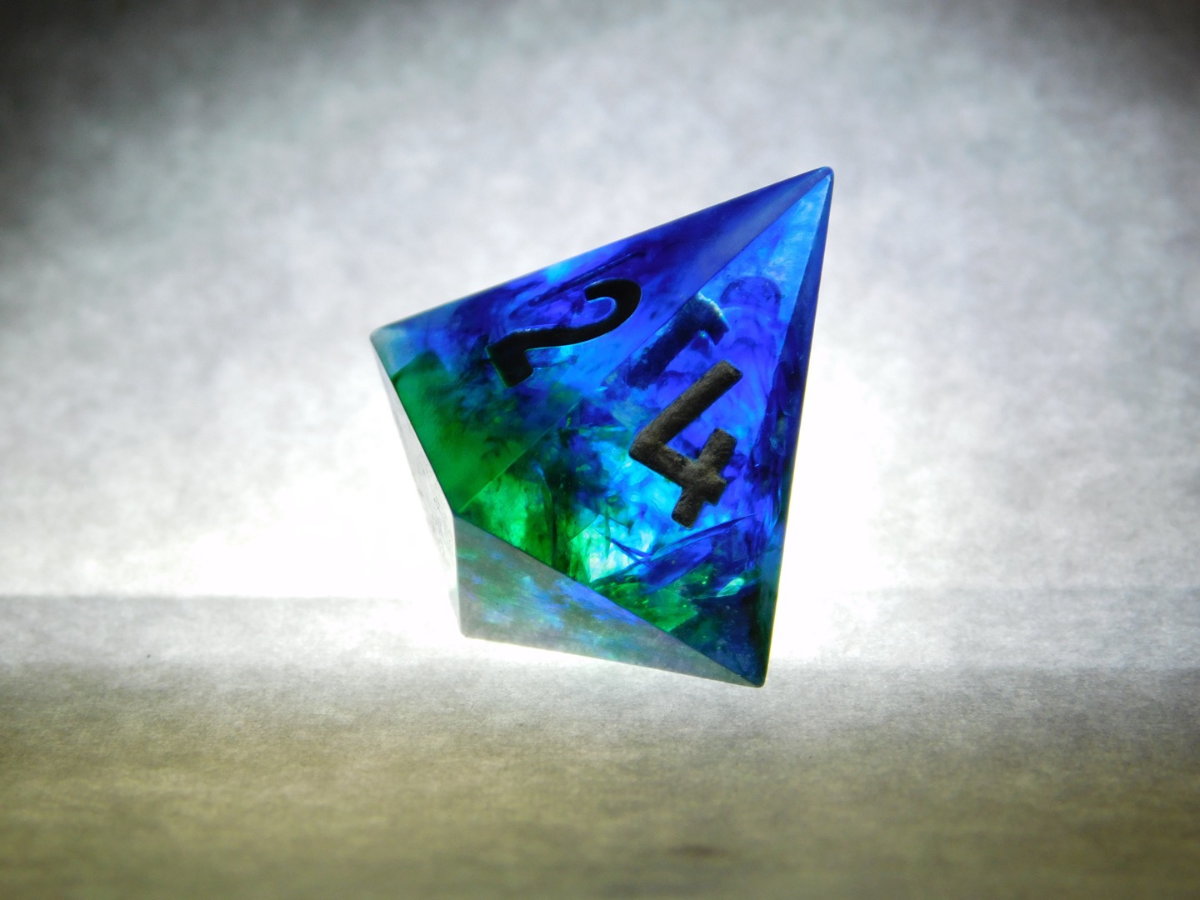TPK DnD – Create An Incredible Story
If you aren’t familiar with the term TPK, it stands for “Total Party Kill.” It's that horrifying yet completely exhilarating feeling that TTRPGs offer to remind you that the game is not entirely "safe" - that yes, indeed, all of your characters might just die fighting that terrifying villain.
TPK DnD – A TPK in DnD happens when the entire party faces something that results in death for all player characters. Following their character’s deaths, players are left with some pretty weighty decisions to make. It’s still possible to move the story and gaming campaign forward with new characters. It’s possible to end the story there and instead continue with new characters in an entirely new world or storyline. And of course, it is technically possible to continue the story with the same characters, but in some unique way, such as in the “spirit world,” or as servants of a god.
In any case, the best way to deal with a TPK in DnD is to make the most of it. Let the character deaths sink in. Feel for them. Grieve. And begin to ask yourself, “how can we use this to make an even better story than we’d originally planned?”
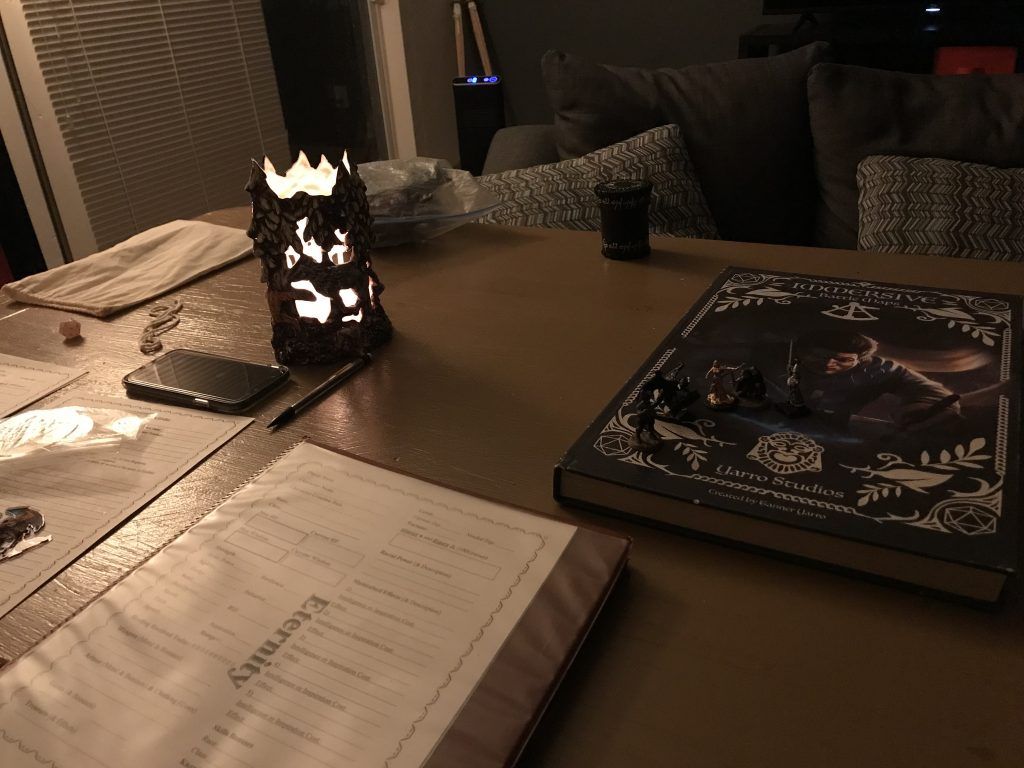
Group Discussion Following the TPK DnD
The first step to take following a TPK is to have a group discussion. There are many ways to go about dealing with a TPK in DnD, but for the potential benefits of the situation to be realized, the group needs to get on the same page. Sometimes players and dungeon masters can see a TPK coming. Yet sometimes TPKs happen suddenly and out of nowhere, surprising everyone.
As such, it may take everyone in the group a moment or two to realize what just hit them. So, let the discussion take a little time if it’s needed.
Basically, the group needs to decide which of the following scenarios best describes how they want to either move the game forward, or to let it end. None of these choices is the definitive “best” option. It really comes down to your gaming group, and which path forward you all find to be the most fun and satisfying experience. TPK options include the following:
- Start New Characters
- Start a New Campaign
- Continue Your Characters in a New Way
- Say that the TPK “Never Really Happened” (Not Recommended)
Eternity TTRPG Top Sellers
Start New Characters After a TPK DnD
There are multiple ways to go about starting new characters. In each of the following scenarios, the party will go through the character-building process to create new characters. What differs between these options is the role of the new characters, and where they fit (if at all) into the previous storyline.
Same World and Campaign
This is a very simple option. Players say goodbye to their former characters, honor them, then let them go – at least as far as playing them anymore, goes.
Even with characters gone, however, the gaming world, story, and campaign remains. Every hero in a DnD world has friends, allies, and family. Players can choose to tie in their new characters to their old characters. Perhaps the new character wants vengeance for their slain sibling. Maybe they were one of the people deeply touched by their former hero, and want to live up to the hero’s ideals. Or perhaps they are simply another adventurer with the same kind of goals as the previous character, and is thereby swept into the same (or similar) storyline that the group was previously following.
Same Level as Previous Characters
In this option, players still engage with the same world and campaign, as above. But instead of restarting characters at Lv.1, they create new heroes at the same level as their previous characters. There’s no definite rule in DnD that requires players to begin new characters at Lv.1. This is especially true if the gaming group simply doesn’t want to entirely start over.
To some hardcore gamers this option may seem like a kind of cop-out. However, players in an ongoing campaign have already “earned” their character’s level, so why punish everyone for a TPK? The TTRPG genre is about having fun. Why not take this opportunity for all players to create a new character in a class they’ve always wanted to try out? Starting players at the same level as they were before the TPK is a great way to make the deaths of their former beloved characters less tragic.
Roster of Secondary Heroes
DnD TPKs don’t have to be the end of the game, in many cases. There are many spells, such as “Raise Dead” or “True Resurrection” that allow dead characters to be brought back to life.
In this option, the point is to create a group of heroes who, for one reason or another, believe that resurrecting the original party is a goal worthy of risking their own lives. They may have to face a terrible enemy, or find news of the deceased group and follow them into a deadly dungeon. However, if they can simply succeed in resurrecting the heroes, then perhaps they don’t have to fight same horrible monster that slew the previous group, or even get through the entire dungeon that killed them. They just have to find the heroes’ bodies, to save them.
If this roster of secondary heroes succeeds in their mission, these heroes can be kept for interesting side quests in the future, or can be intermittently played, as desired. It can be fun in DnD to have multiple characters available to play, and can allow for additional interesting opportunities in an ongoing RPG campaign.
Enemies of Previous Characters
Have you ever considered that your gaming group could “switch sides” and roleplay the enemies that killed your group’s previous characters?
Perhaps your characters had a goal to stop a powerful organization. But, in fighting that organization, were tragically overpowered. A fun way to progress the same campaign story is to then create new characters who belong to the organization your old characters had previously fought against. In fact, your group’s new characters could in fact be the ones who actually slew your previous party, or were in some way involved in their deaths.
The story would then continue – in a dramatic twist of events – as the players fight for the side they’d previously been so vehemently against. Whereas everyone thought the campaign was “about” stopping an evil empire, the story would then become about a group of “heroes” out to change the world as everyone knows it, according to their own (insidious?) ideals.
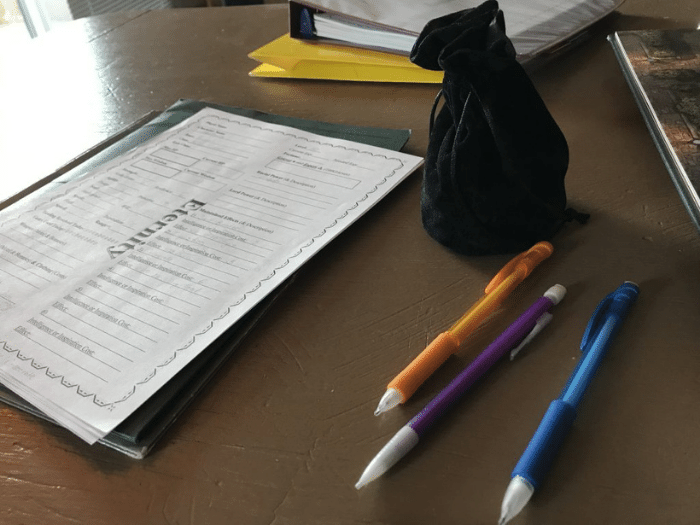
Start A New Campaign After a TPK in DnD
Sometimes it’s best to simply end a DnD campaign after a TPK. If the player characters are very high level, and/or everyone feels they’ve experienced what they wanted in the current campaign, it can be a good option to move on.
It’s actually sometimes difficult to officially “end” a long-standing campaign, especially if play has continued long past lv.20. In this case, death can be a form of release, preparing the way for a new campaign.
The downside, of course, is that starting an entirely new campaign in DnD is typically a bit larger of a project than simply creating a new character. New stories need to be thought out, new lands, new NPCs, new villains, and an entirely new setting. Starting a new RPG campaign can be very fun, but it does take some preparation, which might mean that the next step to a TPK needs to wait until the new world is built.
Here are a few ideas to incorporate a new campaign into your party’s recent TPK – especially if it was unexpected – that can save some time, and still tie in to the former story:
Use the Same Campaign World
If your gaming group has done a good job of creating an engaging world that you all love, why not keep the next campaign in that same location? Diverse worlds have many stories going on within them at any given time. Even if you feel the story involving your former characters is complete, maybe there’s still room for continued stories in the lands in which they once lived.
Continue the Story Many Years Later
When heroes die, there are consequences to the world around them. Dangerous villains’ plots aren’t stopped. Plagues wipe out entire lands. Magical artifacts are never found. Families are never reunited. But someone continues to live on in the broken and desolate world, with a fire burning within them to set things right. This version of a new campaign could take place a year, decade, or even a century following events of the first campaign. Perhaps the original villains and storylines from the previous campaign are gone, but their effects continue.
This option can make for a powerful continuation of a TPK’s story as it shows the players exactly what happened as a result of their failure. Instantly, everyone at the table feels an emotional tie to the new story and campaign at hand. There’s a feeling among the group of, “we have to set things straight.”
Utilize Pieces of the Same Story
This is a tip for dungeon masters: if players died in a TPK before they got to see the full story you had planned for the campaign, then they won’t know if you use elements of that same story in a new campaign.
It can be hard as a dungeon master to craft a world and story that you love, only to never see it played out. Sometimes it’s the dungeon master who’s most affected by a sudden TPK in DnD, which is why it’s tempting to try and find a way around the incident (the players weren’t actually killed, someone saves them at the last moment, etc.). So, take everything you loved about your previous creation’s plans, and find a way to create it fresh in your new campaign. That way the group’s TPK doesn’t steal all your hard-won creativity from reaching its expression.
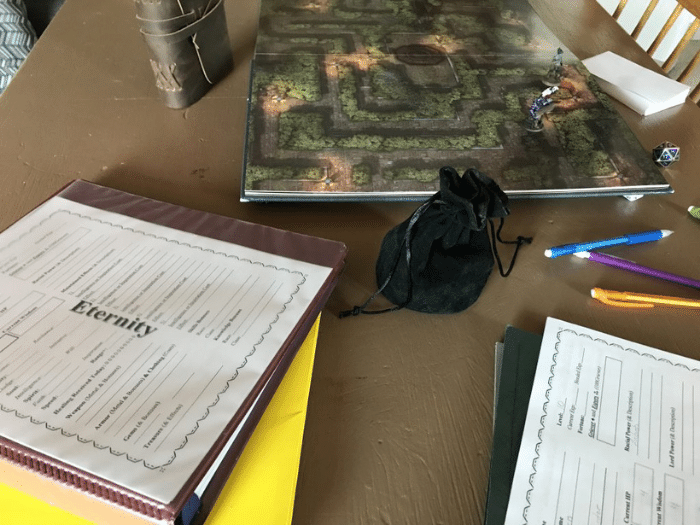
Continue Characters in a New Way After a TPK in DnD
Just because a character’s “dead” in DnD doesn’t really mean they have to, well… actually be dead. There are, after all, many planes of existence in DnD, which means that a TPK can simply act as a portal of kinds, to another realm.
In fact, if you’re a dungeon master, you may consider using this option as a way to even plan a TPK for your DnD group. The “TPK” might come as a total shock to them. But to you, it might just be the next necessary step for the storyline…
Spirit World
There are many great stories that take place within a world of spirits. The idea is somewhat common in fantasy settings and within the lore of fairy tales.
One thing worth noting about spirit worlds: taking characters to a spirit world may sort of derail the campaign if the idea doesn’t fit well with the overall theme of the campaign. But even if the spirit world transition is a little jarring initially, it can work quite well so long as the players feel that they’ve “discovering” something that was actually part of the campaign all along, only hidden.
In a spirit world, players probably have drastically altered abilities and powers. Maybe characters’ stats change, or they can’t wield physical weapons anymore, or even their magic spells function differently.
Within the spirit world, players could create an entirely new path or goal for themselves, find ways to engage with the previous storyline, but as spirits, or even find ways “back” to the mortal realm from which they came. Spirit allies they meet could even potentially resurrect the heroes’ bodies (in return for help of some kind), or could possibly point the heroes in the right direction to accomplish a similar solution.
This option really comes with its own list of limitless possibilities. Many anime series and movies by Studio Ghibli have great ideas you can utilize when it comes to merging the physical world and the spirit world into a single story.
Servants of a God
One option that works well in conjunction with the idea of a spirit world is that after death, the heroes become servants of a god. It might even be that a god has called the heroes to his or her side, which is “why” (it turns out) they experienced premature deaths. Or perhaps the god saw their deaths and decided to bring them into his or her own service, to preserve their heroic spirits.
There is another option when it comes to gods. But it’s a bad idea. You should almost certainly never go this route:
Gods can – of course – do basically anything, right? Though it’s a terrible plot twist, the god could resurrect the party for any reason of their choosing. The god needs a mortal champion, the god also hates the heroes’ enemy, the heroes have always been faithful servants of the god, etc. These aren’t good options because they’re definitely cop-outs.
The key to making a TPK in DnD really satisfying is to advance the story through the event. Using a god to save the party from all their problems is the literal definition of a Deus Ex Machina (god out of the machine), which has for a thousand years or more been ridiculed as an abysmal story-crafting device.
Undead Creatures
Similar to the idea in the “Create New Characters” section of creating new characters that are the enemies/ slayers of the previous characters, what if the previous heroes are resurrected… but as undead minions of the story’s villain? In this diabolical shift of fate, the player characters are forced to do the bidding of their new necromantic master, which is probably the opposite of which they previously strove to accomplish.
This option is tricky to pull off. First, players may not like the idea of playing a campaign where they suddenly represent the antithesis of their recently held personal ideals. And second, they may not enjoy turning their beloved characters into undead monsters.
However, if the party doesn’t mind really shaking up the campaign, then this option – with a lot of intentionality and work – certainly leads to a unique continuation for a campaign.
Magically Enhanced
Some magical rituals require a sacrifice. What if the players had been marked for this kind of sacrifice all along, without their knowing?
Or, the characters may not have been able to enter a certain magical realm, or land of the dead, without first… well, dying. And while the TPK seemed like a horrible event, it was actually the gateway to the story’s next phase.
Eventually, the question of what the characters actually “become,” in a situation like this, needs to be answered. It needs to be made clear if they’re still alive, by power of the ritual, or if they are in fact dead, and living as spirits, or some such. Also, if the ritual was planned all along – or planned for them – then can they find a way to return to life?
One way to work through the details of a ritual death like this is to say that the characters have been infused with some form of magic, divine power, or demonic energy that allows them to live. Even though they died technically died. Sort of.
Luckily in a fantasy setting, a creative mind always has options for getting a story to work, all while going above and beyond players’ expectations.

Say that the TPK Never Really Happened
By far, the worst option, at least in terms of the campaign’s story, is to state that the TPK never actually took place. This is where the old, “the TPK wasn’t actually a TPK” trope comes into play.
Killed by a monster? Well, the monster decided to leave you alive so they could eat you later. That way you’ll make for a fresh meal (giving the party a chance to flee, once they wake up).
Slain by guards in a villain’s castle? The villain instead decided to keep you alive so he can torture you for information, at a later time (giving the party a chance to flee, once they wake up).
Instead of dying, your characters were left unconscious. The enemy warband moved on, assuming you were dead (giving the party a chance to flee, once they wake up).
And by far the best choice: killed in a deep, dark, nigh-unreachable dungeon? No problem. The gods favor you, bring you back to life, and teleport you to safety.
Why not just have the god who favors you also kill all your enemies, equip you with invincible weapons and armor, end the main villain’s plot, and make your characters lords of the entire world?
You see how slippery the slope can become, and how unsatisfying a game it can create.
Circumstances Where A Non-TPK Fits
There are times when a TPK in DnD can be “allowed” to “not be a TPK.” For instance, if none of the players want to continue the game unless they still get to play their characters – that’s a good reason to fudge things a little. If the players actually did everything right, took every possible and necessary precaution, and just plain got horribly unlucky rolls – that’s another good reason to roll the game back a bit. Finally, if players are facing a completely random encounter that has very little or nothing to do with the story, and still somehow end up dead – that’s worth consideration as “not a TPK.”
If a TPK genuinely ruins the game for everyone, it is ok to create some way for the event to have never happened. Use your creativity to come up with something still feasible, such as the ideas we made fun of, above (they aren’t the worst ideas in the world, after all – except for the “god fixes everything” option). However, if it is possible to continue the story, or continue gaming after a TPK, it really often does make for the more satisfying story and gaming experience.
Just remember that people never talk about the time their party got saved by some NPC with awe and wonder. But they do talk about the way their party heroically sacrificed themselves, nearly putting an end to the dragon king.
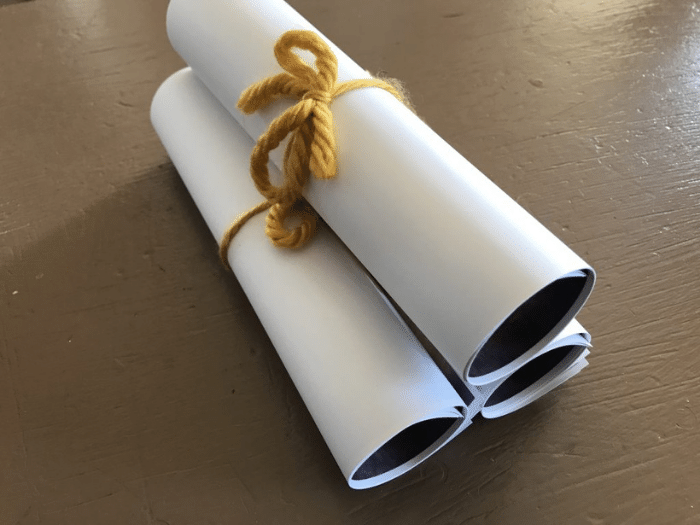
Deciding TPK Fate Ahead of Time
One great idea is to have a group discussion about TPKs for your DnD campaign at the very start of the campaign. Day 1, right at the time everyone creates their characters for the campaign. Think about it like establishing another major part of your group’s DnD campaign expectations. If everyone understands ahead of time that a TPK is possible, and everyone comes to a consensus on what happens next should the situation occur, then your gaming sessions never gets derailed if a TPK actually takes place.
Here’s a couple things to think about as a gaming group when thinking about the future possibilities of a TPK:
- Under what circumstances will you all allow a TPK?
Consider: Bad decision making, player mistakes, party choosing to get in situations beyond their level of power, or establishing ahead of time that the campaign is meant to be very deadly, in general.
- Under what circumstances will you all not allow a TPK?
Consider: Really unlucky dice rolls, fights that aren’t meaningful towards the story (random deaths), dying to enemies that were accidentally created too strong, situations where only one or a couple party members made bad decisions for which everyone else would otherwise have to pay.
- What path forward will you take should a TPK occur?
Choose one (or more) of the TPK options listed above in this article, or come up with a creation of your own. Either have everyone agree upon TPK next steps, or if you’re a dungeon master, at least have a game plan ready for the group that you can fill in should the unthinkable occur.
- What will you do when you see a TPK approaching?
This is a great question for a dungeon master to answer for him or herself. If a TPK is imminent, consider the circumstances under which the group decided to allow a TPK or not, and seriously think about the situation at hand. Once the TPK hits, you really have no choice but to deal with it. But before a TPK actually does take place, it is a bit easier to guide the story to a guardrail, if so desired. Be watchful of potential TPK scenarios, and craft the story accordingly.
How a TPK in DnD Affects the Game World
The higher an adventuring party is in levels when they’re decimated by a TPK, the more drastically their deaths affect the world around them. Regardless of how your gaming group decides to handle the TPK, it’s worth emphasizing its results through the game’s settings and NPCs. As a gaming group, you may consider brainstorming ideas for how your characters’ deaths – even if death was temporary, from a form of resurrect spell or something similar – shaped the RPG campaign world.
Were families affected? Friends, or allies? What about organizations, causes, and events? Obviously, plans hatched by villains would likely have more success.
If the party was above lv.5, they could perhaps have been somewhat famous, even in small sections of the world. What other adventurers may have heard of them, and how would they react? Would anyone hold services to commemorate their passing? Would anyone try to learn more about their fate, or help any causes previously championed by the heroes?
For very high-level characters, how would their deaths affect not only entire towns, villages, and country sides, but cities, and even nations? Would lords and nobles try to capitalize on the heroes’ deaths, start wars to avenge them, or create societies to honor their memory? Would anyone try to recover magical or divine artifacts held in their possession at the time of their deaths?
It can be worth taking time as a gaming group to discuss the affects your characters’ deaths might have on the campaign world. If you decide to leave end a campaign after a TPK, you might even roleplay some of the former NPCs, and describe what happens in their world after the heroes’ deaths.
And if you do decide to continue the same campaign with new characters, or by somehow pursuing another path with your fallen characters, spending time roleplaying the results that came from the characters’ deaths can act as an effective interlude before continuing the story.

Advance the Story Immediately Following a TPK
The best thing to do after a TPK in DnD is to think about how the event can advance the story. Not all stories need to end happily ever after. A TPK can be a gut-wrenching moment, watching as your character dies. It can be a satisfying conclusion to an epic journey. And if the TPK really does result in the end of your story, you can still make the most of things by taking time with your gaming group to talk about what happens to the world after your heroes are gone, and to spend time grieving their passing.
Bottom line: a TPK in DnD doesn’t have to be something horrible. The story you’re playing through has a life of its own, and your adventuring group is simply discovering that adventure. Sometimes, “discovering” a DnD gaming session is actually better than “creating” it to be perfect in every way.
Just like a book or movie can still be good (and is sometimes made even better) if a main character dies, so too can the story of a DnD TPK. Certainly, whether the TPK was purposeful or accidental, the fact that it happened changes the story of your game, dramatically. But the key is really what you do with the TPK after it happens – not that it happened, to begin with.
You can turn a TPK in DnD – or any other TTRPG – into the beginning of an entirely new, and amazing, chapter.
Tired of Your DM Killing Your Characters?
Let’s face it: some DMs love the carnage of brutal TPKs. However, you can get your revenge. Why not have a little fun producing a little of your own chaos for that special DM?
In Eternity TTRPG, no single person at the gaming table has all the power. Instead, everyone shares in creating the game’s story, world, NPCs, and more – all while roleplaying their own characters. If someone attempts a TPK, you have the power to change the direction of the story so that it better fits the entire gaming group and the game story you want to play.
Dice, Dungeons, Games & More - Eternity TTRPG
Share This Article

Author - Jacob Tegtman
Dear reader, I hope you enjoyed this article. Tabletop gaming has been a passion of mine since I was 6 years old. I've played just about every game from Dungeons and Dragons to video games like Final Fantasy. These games have inspired me, made me laugh, made me cry, and brought me endless hours of enjoyment.
I started Eternity TTRPG - and the indie tabletop game that goes along with it (Eternity Shop) - to share my love of gaming with others. I believe that in our technology-driven age, tabletop games help bring a sense of magic and community back into our world.
If you love the site, please share it with others! I have lots of gaming-related material for you to peruse and use in your own gaming sessions. If you have any questions about the site or want to contribute, just send me a message using the "Contact" page, which you can find in the site's footer.

